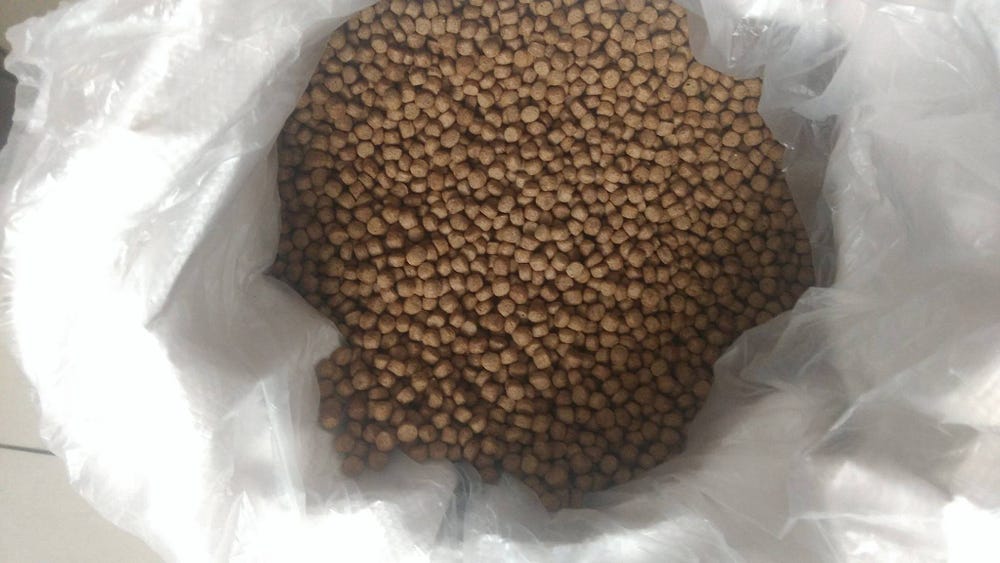Fish Feed Drying Equipment
Amisy Fish Feed Machinery manufactures drying equipment for fish feed extrusion processes. A variety of batch and continuous convection drying equipment can be supplied to meet stringent requirements.
Fish feed forms a large part of the production cost in aquaculture — up to 70%. The pursuit of sustainable and economic aquaculture has led to the formulation of fish feeds with low costs and reduced environmental impacts.
Modern extruded products are heat-treated and dried to reduce water activity to prevent the growth of harmful microorganisms. Dry feeds tend to contain lower pathogen concentrations than moist products for this reason. Dry feeds can also be stored and transported more easily. Given suitable conditions, dry feed will last about three months without freezing, since most of the nutrients are stable at room temperature. The easy handling of dry feed makes both manual and automatic feeding simpler. Precise formulation of the fish feedaccording to the nutritional needs of fish is made possible.
Quality standards and bulk supply of dried foods is more consistent because of these expanded storage, transport and handling possibilities, making reliable and continuous provision of superior feed possible.
Drying adds significantly to production costs because of the energy requirements involved, and hence to the cost of the final product. It is therefore crucial that the right drying equipment and operating procedures are used. At the same time, a high quality product requires reliable drying processes. The type of drying process that is selected can affect the digestibility of protein in the feed, for example.
The twin concerns of cost cutting and quality mean that dryer design, operation and control need be appropriate to the drying characteristics of the product. Drying is affected by feed moisture adsorption properties and the air temperature of drying. Airflow velocity has a relatively limited effect on drying curves.
There are three common types of dry feed: steam-pelleted, partially extruded pellets, and expanded pellets. Pelleting or crumbling is necessary for durability and water stability. The texture and size of the pellets or flakes must also be right to make them acceptable to the fish. For example, there should not be too many fines or undersized granules. These characteristics prevent particles of uneaten feed in the water which can reduce oxygen levels and increase waste products in the water, harming the growth and wellbeing of fish.
The time and temperature at which feed is dried is critical to realising these goals.
For extruded fish feed, the product is hot as it leaves the extruder and quickly loses heat and moisture through evaporation. The drying rate then slows significantly as the further moisture loss becomes dependent on diffusion of moisture from the inner part of the pellet to the surface. A reduced air flow over the product then becomes possible. In drying extrusion processes in several stages, hot air and fluidised bed drying can be followed by belt or countercurrent drying. Very fast and gentle drying can be done in this way without deformation of the product. The moisture content after drying will be 8–10%.
Research indicates that belt drying and counterflow multideck drying of fish feed leads to only small decreases in drying rates over time. However, counterflow dryers are more energy efficient given the amount of moisture removed.
Post Your Ad Here




Comments